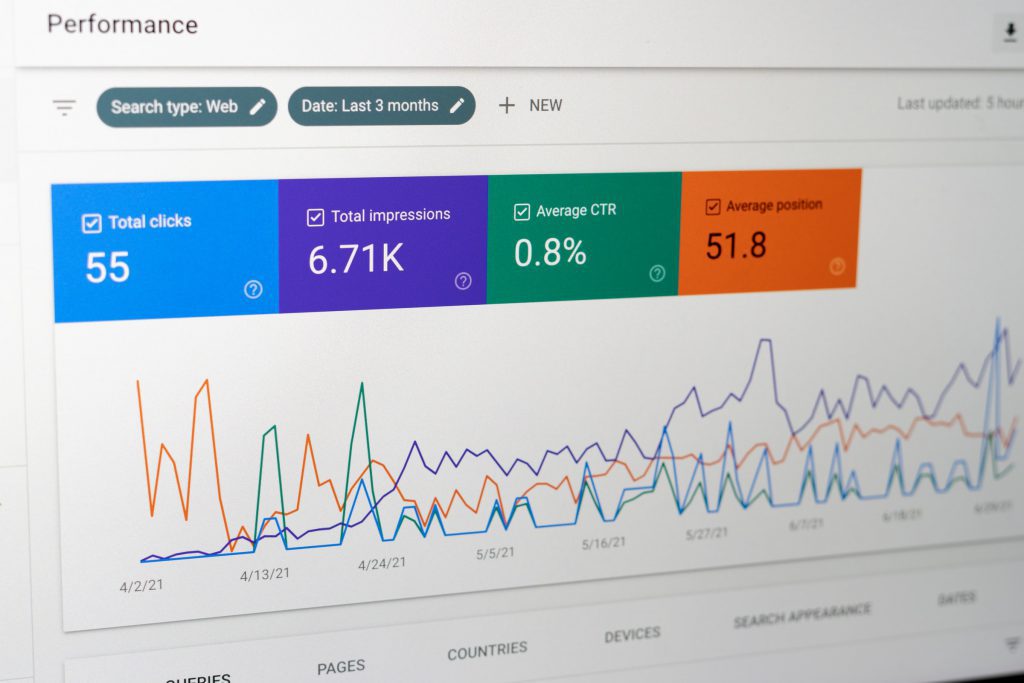Businesses far and wide regard digital data as their most valuable asset in competitive markets. It implies that survey software and statistical analysis of historical and real-time information is vital for accuracy and a dependable foundation in making strategic decisions. It boils down to the assembly, classification, numeric arrangement, and interpretation of data. The goal is to identify reliable demographic, behavioral, and psychographic trends crucial to building operational models. Survey data that’s easy to read and understand flashes signals to management, indicating potential challenges and opportunities. This gives management a significant competitive edge. In short, statistical analysis is the activity that makes strategic planning a reality.

The primary types of statistical analysis
Statistical analysis relies on the fact that it’s unnecessary to go into the mannerisms and behavior of every individual in a market segment to develop content that resonates with customers. More to the point, if broken down and evaluated, a representative sample is enough to show a trend that applies to the total market. The reasoning is that people who share similar demographics, work in the same industry, and live in the same neighborhoods behave similarly, given a set of circumstances. They are likely to aspire to the same peer groups and react emotionally in a similar way. So, for example, a research program embracing 2,000 respondents may statistically validate an extrapolated conclusion for 100,000 potential customers with similar profiles.
Descriptive statistical analysis
When it comes to organizing and summarizing massive data quantities, this format enables us to get to the crux of the matter with numerical calculations, graphs, or tables. Moreover, the company can do it knowing it’s not making assumptions or reaching conclusions beyond the facts in front of them. The primary processes driving descriptive statistical analysis are:
- Tabulation
- Central tendency measures (e.g., mean, median, mode)
- Variance metrics (e.g., range, variation, standard deviation)
- Skewness scales
- Time-series analysis
The underlying theme is to observe notable trends that emerge strictly from the observed sample.
Inferential statistical analysis
This circles back to the usefulness of statistics for overlaying sample results on the total population. The inferential statistical analysis applies in every instance where it’s not feasible to observe or interview every member making up a market. The system creates a foundation for us to test a hypothesis with a representative sample and then apply the emerging results to represent the entire market segment. It affords us a confidence weighting on data reliability — vital when the market numbers are enormous. It comes into play as an essential tool alongside analyst expertise in sampling theory, significance tests, and statistical controls.
Sample size is a critical consideration. For example: if observation of 200 shoppers at a corner store buying lottery tickets shows that they almost always buy a large soda like Pepsi or Coke at the same time, one may draw a valid conclusion that most in the neighborhood act that way. However, to say that everyone in the city or state copies that behavior would be stretching things too far. The researchers would have to expand the sample size to a much broader base and number to create reasonable inference accuracy.
Predictive statistical analysis
Every marketing organization wants to get a handle on what’s likely to occur if you try this or that in one’s strategies. Predicting outcomes is a crucial part of committing resources to new initiatives.
Predictive statistical analysis brings complex statistical methodologies like data mining/modeling and AI algorithms into play. Its underlying logic is to predict future events from observing current and past data. Enterprises most committed to this type of statistical analysis are insurance providers, digital marketing consultants, data-driven marketers, and financial service corporations. However, more and more small and mid-size businesses are taking advantage of advanced predictive statistical analysis. In a nutshell, it’s helpful to anyone wanting to know “what’s likely to happen” with a probability metric attached.
Prescriptive statistical analysis
Many businesses are at a loss on their next marketing move. This format, if used appropriately, creates enhanced confidence when implementing plans that can impact company direction. It differs from other statistical analysis methods in that it provides a definitive recommendation; the analysis suggests an optimal course of action. Interestingly, it deploys many techniques other formats use like graph analysis, algorithms, and AI. Prescriptive analysis carves out its own lane in things like simulation, complex event processing, and overlaying business rules. In contrast to descriptive statistical analysis (which describes what happened), prescriptive formats converge on what’s likely to happen.
Exploratory data analysis (EDA)
Exploratory data analysis, or EDA, is a favorite arena for experts wanting to flex their statistical analysis muscles. It’s often integrated with inferential statistical analysis and precedes other formats described above. The idea of EDA is to highlight trends and connect inter-trend dependency — associations somewhat hidden and not ordinarily observable. Moreover, it’s effectively applied to deriving unique insights, examining assumptions, and testing hypotheses.
Causal statistical analysis
When we begin talking as a toddler, our most common one-word question to every new interaction is “Why?” Similarly, this format delves into the motivations behind the observations. In short, we are answering why things occur the way they do or appear.
The technique has made significant headway in the IT industry. Testing causes of software failure, data breaches, and system crashes are critical activities in this arena.
Mechanistic statistical analysis
Mechanical statistical analysis is the least known and commonly employed technique, but it has become increasingly more pertinent in big data analytics — particularly in biological science. The mechanistic theme focuses on interpreting variable changes that impact others in the mix while cutting the study off from external influences. In other words, it assumes that only the internal interaction of variables drives the system. A good example is examining the effects a vaccine has on a virus, while deliberately ignoring the mutation of the virus in the outside world.
Final thoughts
Statistical data analysis techniques depend on where and the way you use the data. The accuracy varies depending on the circumstances and the primary objective. For example, there’s little tolerance for error in the bio-sciences. Conversely, venturing into new mass markets can feasibly accommodate a deviation from the expected result. Data verification via one or more of the above techniques can narrow the margin of error.

Market segmentation data developed by recognized research institutions and social media like Facebook generally cover a sample of respondents adequately representative of the market. Converting data into graphs and tables to reflect trends is a much sought-after service in these instances. Also, most stakeholders want to know the range of variability in their expectations. Companies like Sogolytics can help businesses get the most out of their data without overspending on statistical verification. They also have libraries full of statistically valid data that you can use for marketing strategies in many verticals.














